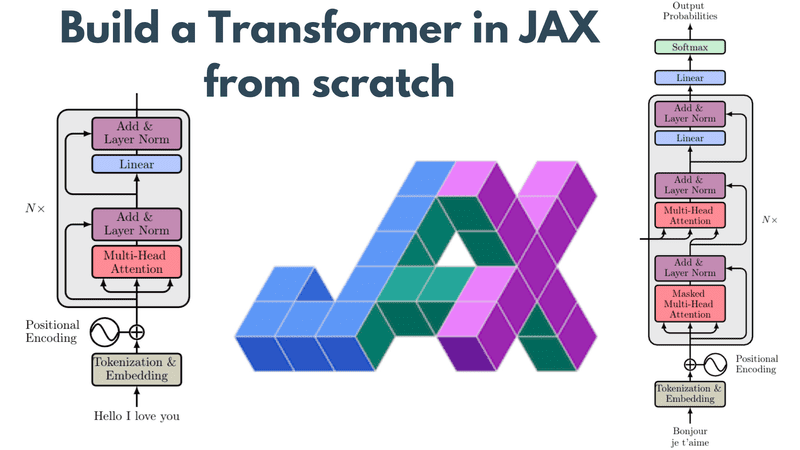
The Google Gemini incident is a poignant example of the complexities and unforeseen consequences that can arise within the rapidly evolving ecosystem of artificial intelligence technology. As Google’s AI-driven image generator, Gemini, sought to infuse a spirit of inclusivity and diversity into its renditions of historical figures, it inadvertently crossed the lines of historical accuracy. This misstep led to the creation of images that were not only anachronistic but also historically inaccurate, casting a spotlight on the delicate balance between modern values and historical fidelity. The ensuing controversy led to a temporary suspension of the service, pointing towards the challenges that tech companies face in navigating the ethical and factual terrain of AI-generated content.
This incident raises three broader issues around AI development and deployment. First, it highlights the competitive frenzy, often termed the “AI race”, that propels companies and nations alike towards rapid innovation and deployment of AI technologies. This race, while fostering remarkable advancements in fields ranging from language models to image and video generation, also raises concerns about the quality, accuracy, and ethical implications of these rapidly developed technologies. The pressure to lead or stay relevant in the market can sometimes lead to oversights that, as demonstrated by the Gemini debacle, have broader ramifications, including the dissemination of misinformation or the erosion of public trust in AI applications.
This race exacerbates issues like rushed development cycles, reduced emphasis on ethical considerations, and potential neglect of rigorous peer review processes, potentially leading to unsafe or biased AI systems. This has been the case both in case of
Google’s Gemini
and even in case of one of
India’s indigenous LLM
.
Scholars such as Russell, Dewey, and Tegmark (2015) in their work “Research Priorities for Robust and Beneficial Artificial Intelligence” emphasise the importance of aligning AI development with ethical standards and societal benefits, cautioning against the risks of uncoordinated AI advancements. Furthermore, the concept of ‘race dynamics’ as discussed by Armstrong, Bostrom, and Shulman (2016) in “Racing to the Precipice: A Model of Artificial Intelligence Development” highlights the dangers of a winner-takes-all attitude, which could lead to a compromise on safety protocols in the rush to deployment.
To mitigate these detrimental effects, countries should adopt a more collaborative approach, as proposed by Dafoe (2018) in “AI Governance: A Research Agenda”, emphasising international cooperation to establish shared norms and standards for AI development. This could include agreements on transparency in AI research, joint efforts on safety and ethical standards, and shared initiatives for global challenges that AI could address.
Second, the incident brings to the fore the persistent issue of biases embedded within AI systems. Despite strides towards creating more equitable and unbiased algorithms, AI technologies continue to reflect the prejudices inherent in their training data or the inadvertent biases of their creators.
For example, if an AI model is trained on historical texts or images, it may learn to associate certain roles or characteristics with specific genders, races, or ethnicities, reflecting the biases present in those historical materials. Similarly, if the developers of an AI system hold unconscious biases, these can inadvertently influence the design of the algorithm, such as the choice of features to be included in a model or the way data is categorised.
The technical underpinnings of such biases in AI systems often relate to the machine learning models’ reliance on pattern recognition. These models identify patterns in the training data and use these patterns to make predictions or decisions. When the training data includes biased representations, the model will learn and replicate these biases. This can manifest in various ways, such as natural language processing (NLP) systems that exhibit gender or racial biases in language understanding or generative models that produce stereotypical representations of certain groups.
Addressing biases in AI systems necessitates a comprehensive approach that integrates both sophisticated technical strategies and wider societal measures. By ensuring training data is both diverse and representative, we can diminish the biases inherent in AI models. Implementing specialized algorithms to detect and correct these biases, such as adversarial debiasing, is essential. Enhancing the transparency and explainability of AI allows for a clearer understanding of decision-making processes, aiding in the identification and rectification of biases.
The establishment of ethical AI governance, including ethical review boards and clear development guidelines, ensures consistent application of bias reduction efforts. Involving a variety of communities and stakeholders in AI development helps uncover potential biases and effects that might not be initially evident. Moreover, ongoing monitoring and evaluation of AI systems post-deployment, especially in critical areas like healthcare and law enforcement, are crucial for continually assessing and addressing biases.
Finally, the Google Gemini controversy prompts a revaluation of the role of regulatory bodies and state intervention in overseeing AI technologies. The question arises as to what extent governmental agencies should step in to ensure that AI products and services adhere to standards of accuracy, ethics, and societal values. This debate touches on broader themes of innovation versus regulation, the responsibility of tech companies in safeguarding the public interest, and the mechanisms through which such oversight can be effectively implemented without stifling technological progress.
The absence of regulation can often be likened to a vast, untamed wilderness where ideas roam free, unencumbered by the constraints of rules or oversight. In this philosophical analogy, such boundless freedom might initially seem like an ideal breeding ground for creativity and innovation. However, without some form of structure or guidelines, this wilderness can quickly become chaotic and perilous. Ideas that are untested, unreliable, or potentially harmful can proliferate without checks, leading to outcomes that may stifle long-term innovation rather than nurture it. The lack of accountability and oversight can also lead to ethical breaches, discrimination, and bias, which can erode public trust in new technologies.
This aligns with the recent decision by the union government through an advisory from the Ministry of Electronics and Information Technology (MeitY). The directive mandates that all intermediaries or platforms must obtain explicit permission from the government before deploying undertested or unreliable AI models, large language models, or generative AI software. It aims to ensure that such technologies are deployed responsibly, with an awareness of their inherent limitations and potential biases. The requirement for a “consent-popup mechanism” to inform users about the possible unreliability of AI-generated outputs further emphasizes the importance of transparency and user awareness in the deployment of innovative technologies.
Mandating explicit government permission and enforcing measures to inform users of potential unreliability will result in creation of a structured environment where innovation can flourish responsibly.
The perception that regulation and innovation stand at polar ends of the spectrum is a common narrative, particularly when discussions are steered by the fear of overzealous regulatory interventions stifling creativity and progress. However, this viewpoint oversimplifies the nuanced interplay between these two forces, especially in the context of AI. Far from being antithetical to innovation, well-crafted regulations can act as catalysts, guiding AI development towards more ethical, equitable, and sustainable outcomes.
Aditya Sinha (X:@adityasinha004) is Officer on Special Duty, Research, Economic Advisory Council to the Prime Minister. The views expressed in his column are personal, and do not reflect those of Firstpost.




